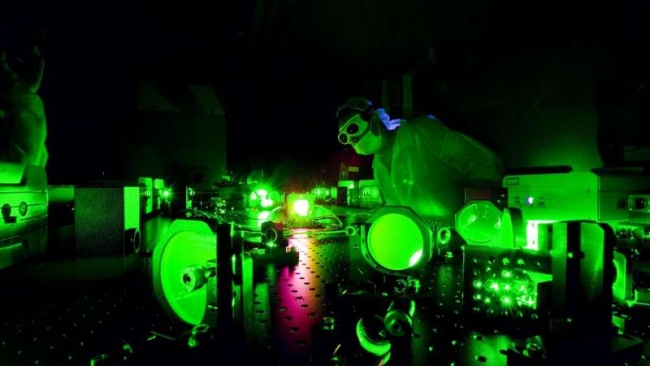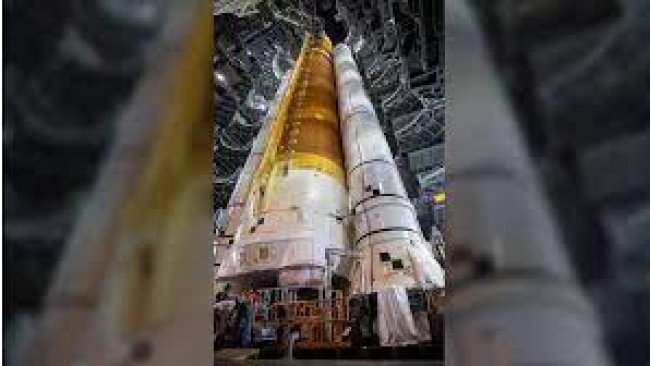One billion suns: World's brightest laser sparks new behavior in light

Physicists from the University of Nebraska-Lincoln are seeing an everyday phenomenon in a new light.
By focusing laser light to a brightness one billion times greater than the surface of the sun - the brightest light ever produced on Earth - the physicists have observed changes in a vision-enabling interaction between light and matter.
Those changes yielded unique X-ray pulses with the potential to generate extremely high-resolution imagery useful for medical, engineering, scientific and security purposes. The team's findings, detailed June 26 in the journal Nature Photonics, should also help inform future experiments involving high-intensity lasers.
Donald Umstadter and colleagues at the university's Extreme Light Laboratory fired their Diocles Laser at helium-suspended electrons to measure how the laser's photons - considered both particles and waves of light - scattered from a single electron after striking it.
Under typical conditions, as when light from a bulb or the sun strikes a surface, that scattering phenomenon makes vision possible. But an electron - the negatively charged particle present in matter-forming atoms - normally scatters just one photon of light at a time. And the average electron rarely enjoys even that privilege, Umstadter said, getting struck only once every four months or so.
As physicists themselves, Umstadter and his colleagues also expressed excitement for the scientific implications of their experiment. By establishing a relationship between the laser's brightness and the properties of its scattered light, the team confirmed a recently proposed method for measuring a laser's peak intensity. The study also supported several longstanding hypotheses that technological limitations had kept physicists from directly testing.
Source: Phys.org
Tue 27 Jun 2017 at 09:09




.png)
.png)